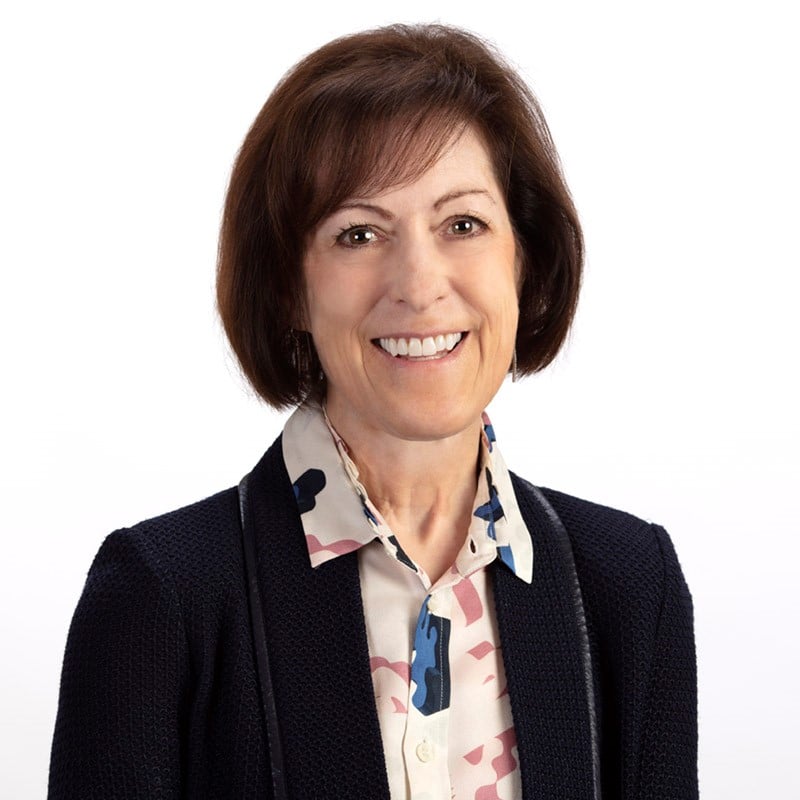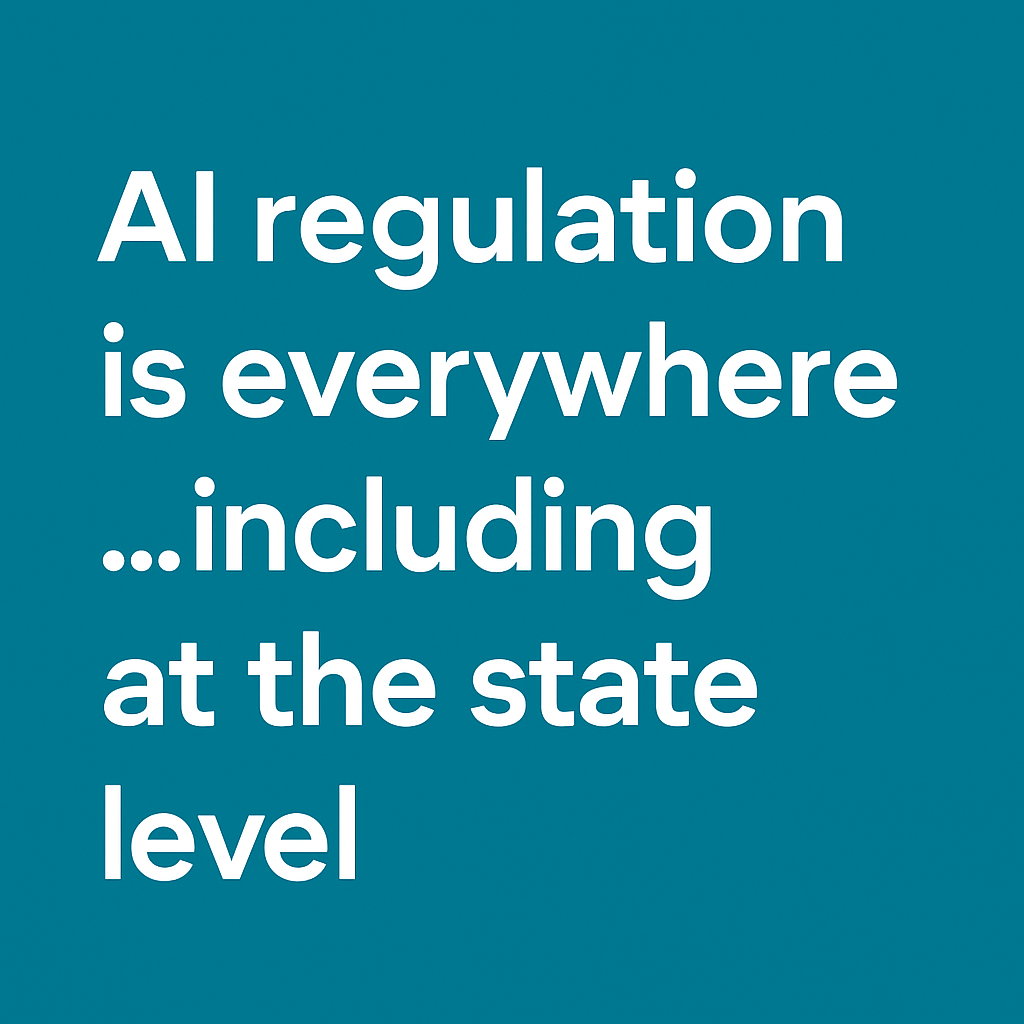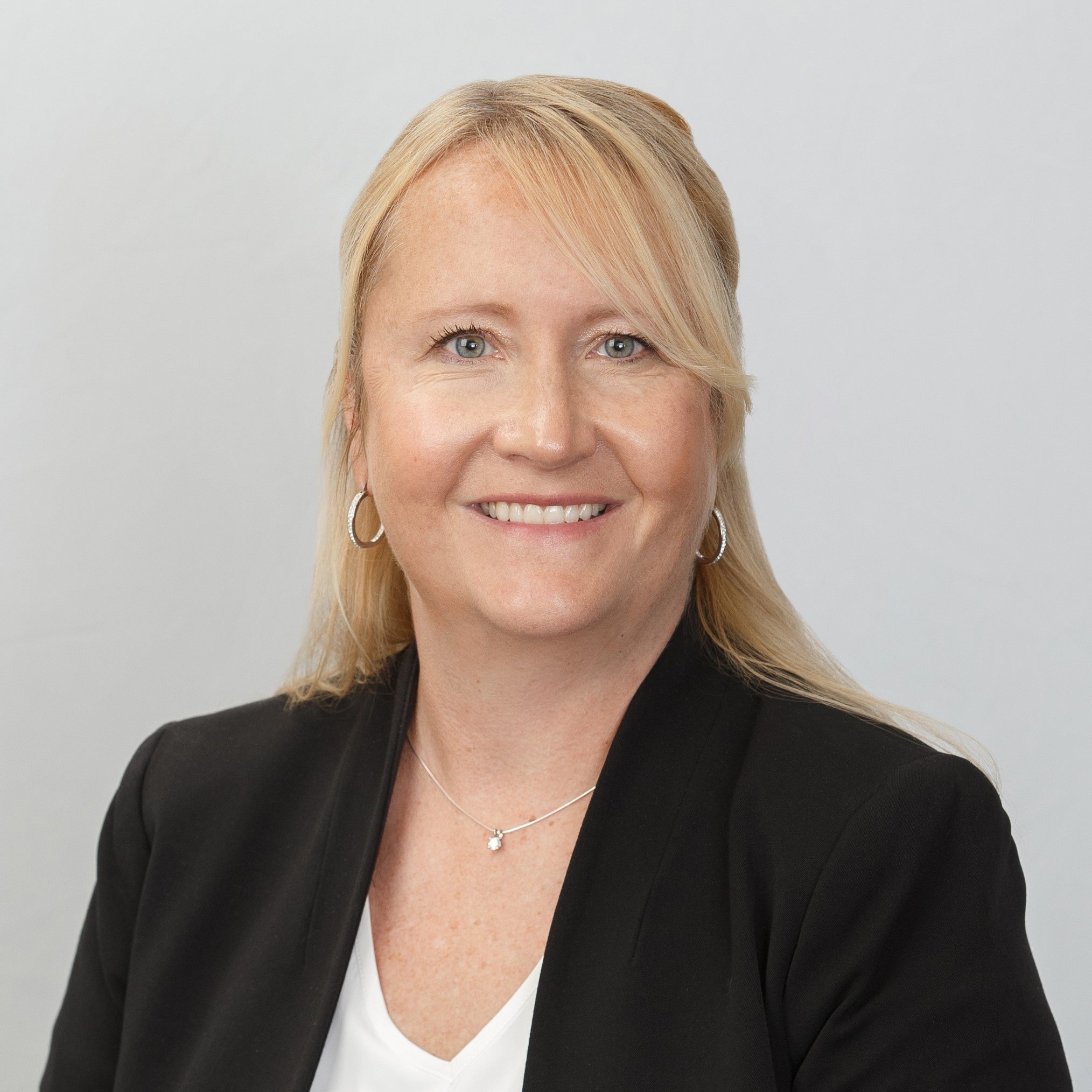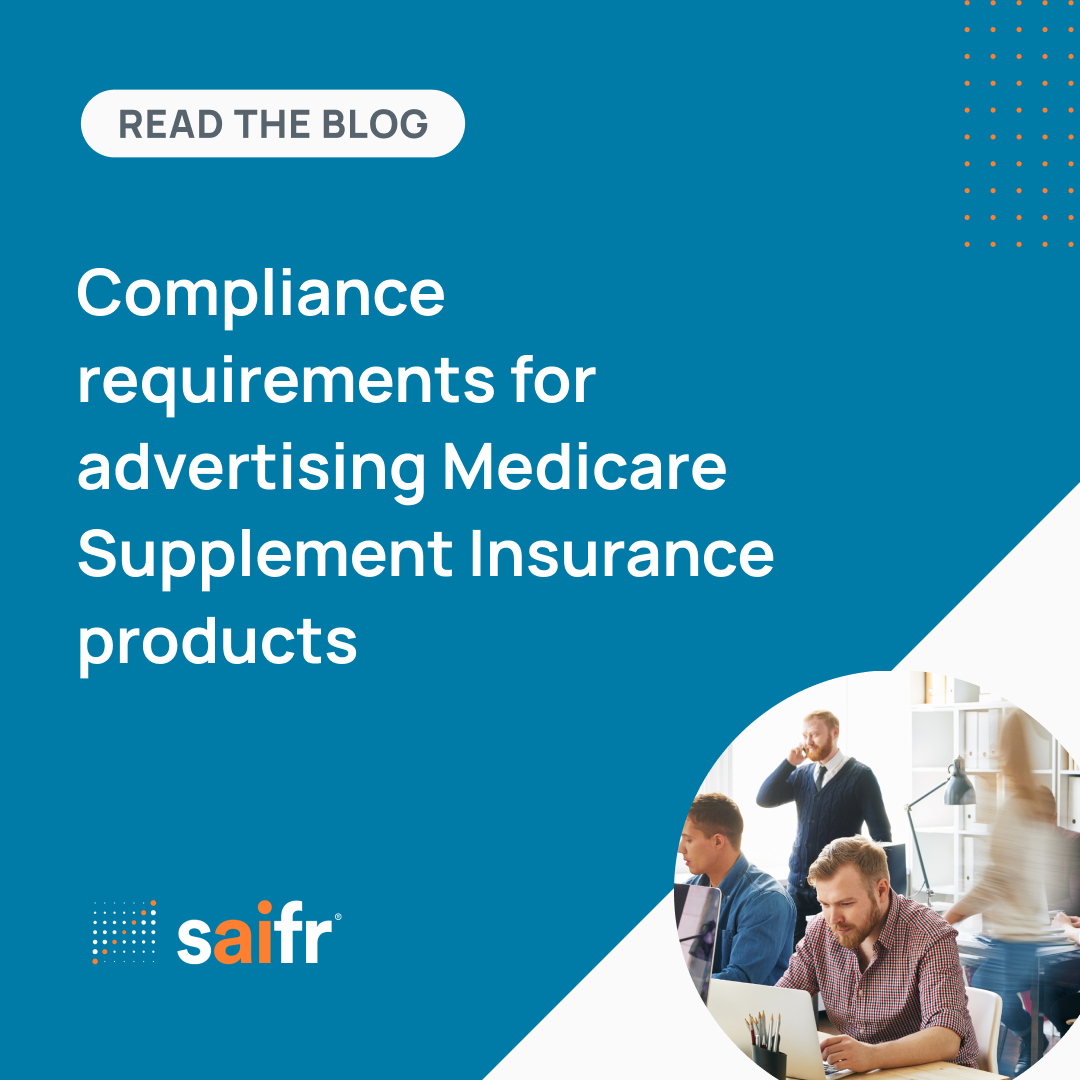The sheer mention of a CMA has the ability to raise the eyebrow of even the most seasoned compliance professional. Will it be arduous? Likely, yes. Is it time sensitive? Almost always. Will it be on my desk for, well…forever? It may feel like it, but I can say there appears to be light beginning to shine at the end of the tunnel.
Yes, I have slogged through CMAs that have dragged on well beyond the 180-day timeline1—as has most anyone who has been down the CMA path on more than one occasion, with very few exceptions and despite diligence and hard work. Lately however, following a change in leadership and a reorganization in the FINRA Member Application department (MAP), there are new resources and substantially improved intake procedures that appear to be having a favorable impact.2
In this post I will share information about new FINRA tools available in hopes of increasing your optimism at the onset of CMA-induced dread.
CMA in a nutshell
First, let’s start with the basics. Generally, broker dealers (BDs) must file a CMA through the FINRA Gateway when the firm changes ownership or control, or when it proposes to modify its membership agreement.3 The electronic form on the Gateway that I will call the “CMA template” categorizes FINRA’s rule 1017 standards into 12 categories, each with a combination of tables, text boxes, yes/no, and conditional questions, requiring the applicant to provide information satisfactory to achieve approval. Firms complete the CMA template online and then undergo a formalized review process leading to the approval or denial of the application.
A substantially complete CMA template is the ticket into the formal Member Application Program (MAP) review process where the application is diligently reviewed and ultimately approved or denied. I am being kind when I say that the process is time consuming and tedious, as the degree of FINRA scrutiny guarantees to be high, resulting in a proportionate workload.
MAP transformation
Over the course of its transformation, FINRA has added resources to the MAP process to help provide some relief.
First among them is the offer of an early meeting. FINRA encourages CMA applicants to take advantage of this process.4 The early meeting connects the applicant with the members of MAP and Supervision staff in an informal setting and is intended to create a more efficient filing process. There is simply no downside to this resource, especially if the applicant is well-prepared in advance of the meeting. Good preparation should include having a draft CMA template in the Gateway, consideration of the documents and supporting materials likely to be included or required, and drafted preliminary questions for the FINRA staff.
Next among the transformed processes is the new intake process.
FINRA has added a preliminary catch and release step that subjects the application to review following its submission and before it advances into full MAP review process. The object of this triage step is to attain “substantially complete” status, which means that the application has been accepted for full MAP review, and the 180-day clock has begun to tick.
Substantially complete is not a new concept, however getting there with triage in the loop has become a more arduous process. The CMA template has a “completeness check” equivalent as do other FINRA regulatory filings. And, completeness can be achieved with minimal input, but a CMA applicant should not be fooled. Passing the minimal automated completeness check will not be adequate to achieve substantially complete status in most cases.
Download the ebook → AI insights survey: Adopters, skeptics, and why it matters.
Suffice it to say that triage is not a rubber-stamp procedure. The triage personnel are experienced FINRA examiners who thoroughly read and assess the content of each application. I have had to respond to as many as four rounds of questions and as few as one minor question before substantially complete status was attained. Failure to provide satisfactory responses to the triage examiner within a timely manner (typically five days) can result in rejection of the application and/or application fees, not to mention the derailing of the application altogether.
Following triage, the application is assigned a MAP Principal Analyst, an Application Manager, and a Senior Director.5 The MAP teams are grouped into primary categories that include retail, diversified, carrying and clearing, trading and execution, and capital markets in line with the FINRA Examination and Risk Monitoring programs. This is the meat and potatoes of the process, involving in-depth Q&As that tend to follow a 30-day cycle over the course of the following months.
FINRA has stepped up to the plate to enhance the review phase of the process as well. Newly released product and service-specific guidance and checklists for CMAs are tailored to the type of application. The checklists drill down on essential components of the application,6 filling existing gaps between what had traditionally been required of an applicant in the standard CMA template and those relevant to current trends in BD products and services.
Specialized guidance is available for business lines on FINRA’s Compliance Tools resource page.7 The guidance is for alternative trading systems, operational readiness for online platforms and mobile applications, digital asset applications, FinTech applications, private placements, and funding portals. Each topic has a standard-by-standard checklist that supplements the generalized, and rather thin, instructions on the CMA template and suggests specific content relevant to the product or service.
In my experience, the supplementary content suggestions are essential to achieving a favorable decision. Incorporating the guidance and leveraging the checklists can be quite valuable because of the opportunity to anticipate the scope of the review and prepare accordingly.
For instance, the checklists ask for a description as to whether and how social media will be incorporated, the extent to which algorithms or AI will be employed, and any innovative or novel features of the platforms or services seeking approval. The checklists, targeted to the business line sought, prompt the applicant to consider controls, disclosures, and guardrails that will be deployed to monitor customer-facing aspects of the new products or services. Preprocessing the scope of information that will be required is an advantage that hopefully facilitates a smoother CMA.
Summary
There is little doubt that CMA applications will continue to require painstaking diligence. Still, I hope to have drawn attention to new resources and tools to help you get from start to finish with more efficiency and sanity.
Sources:
1. See rule 1017(i)(3) where terms for the review timeline are described.
2. Read more about the MAP transformation, announced April 2022, here: https://www.finra.org/rules-guidance/notices/information-notice-041922
3. Details are found in Rule 1017 at https://www.finra.org/rules-guidance/rulebooks/finra-rules/1017.
4. A description of the Early Firm Meeting program and how to schedule are found here: https:// www.finra.org/compliance-tools/map-tools
5. There are exceptions to this practice. For instance, if the CMA is accepted as a “fast track” application, one in which there is a shorter response time for both FINRA and the applicant, a Senior Director is not typically involved.
6. Have a look at the checklists here: https://www.finra.org/compliance-tools/map-tools.
7. The MAP and other compliance tools can be accessed on the FINRA website: https://www.finra.org/compliance-tools
The opinions provided are those of the author and not necessarily those of Fidelity Investments or its affiliates. Fidelity does not assume any duty to update any of the information.
1120766.1.0


-1.png)




